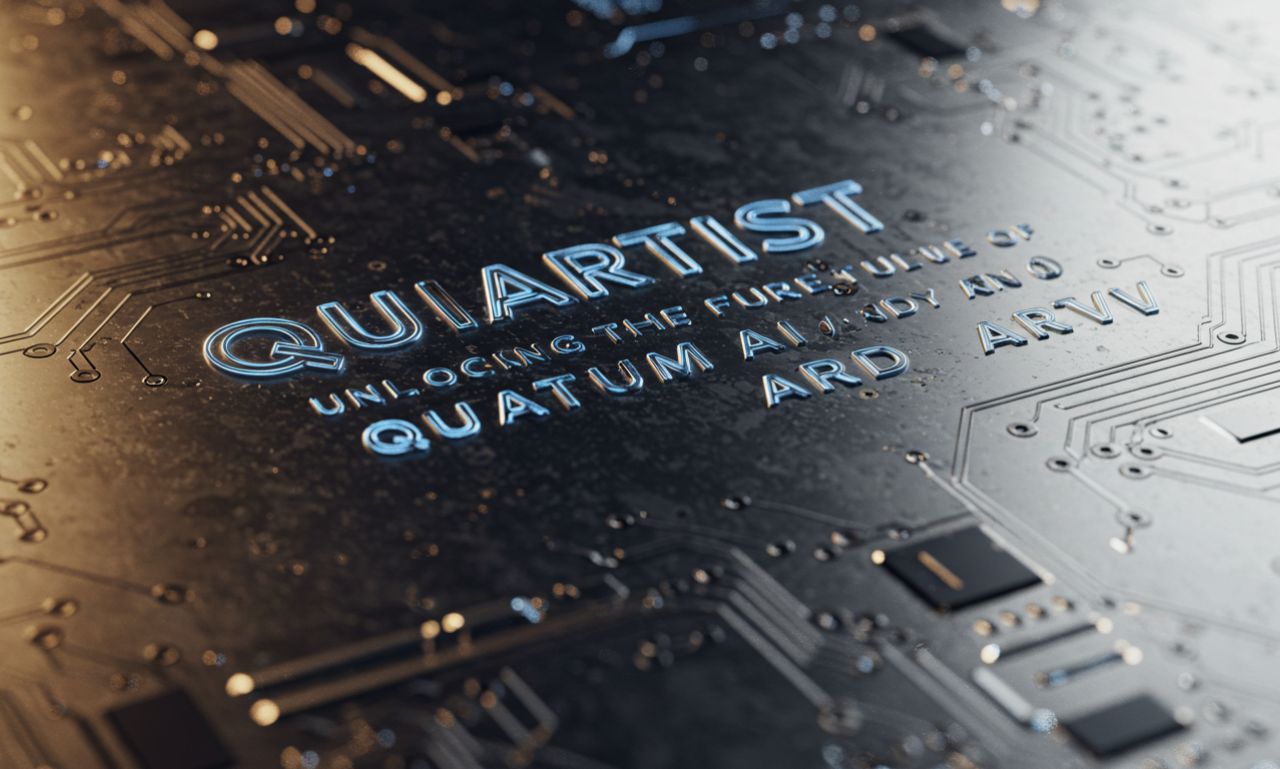In a world increasingly built on systems, algorithms, and digital identifiers, certain codes carry more meaning than meets the eye. One such code—4012010213—has begun to spark interest across tech forums, speculative research platforms, and data security circles. Though it might appear as just a sequence of numbers, 4012010213 is believed to represent more: a potential project designation, a secure access protocol, or even an encoded message tied to next-generation technologies.
This article delves into the origins, interpretations, and implications of 4012010213, examining how such numeric identifiers play critical roles in systems that shape our digital future.
What Is 4012010213?
At a glance, 4012010213 looks like a typical system-generated number. It could be a serial code, product batch identifier, user token, or even part of a secure hash. However, in recent months, the number has surfaced in various discussions involving data security, AI development, and emerging digital infrastructure.
While there’s no official documentation confirming its purpose, several speculative tech communities and digital watchdogs have attached importance to 4012010213, prompting a closer look at how such numbers function behind the scenes of everyday technology.
Theories Behind the 4012010213 Identifier
Though the true origin of 4012010213 remains unverified, multiple theories have emerged regarding its use. These include:
1. AI Model Classification Code
Some suggest 4012010213 is a hidden designation for a proprietary AI training model, possibly developed under closed-source research. In machine learning, numeric identifiers are often used to track training datasets, iterations, or parameter sets.
2. Blockchain Smart Contract Reference
Others speculate that 4012010213 is a reference or token ID within a blockchain-based system, used to verify the identity of a smart contract or decentralized application.
3. Security Authentication Key
Security professionals argue that it might be a multi-factor authentication key or internal API reference number, used within a larger enterprise cybersecurity architecture to manage data access and permissions.
Whether real or symbolic, 4012010213 serves as a gateway into how numeric systems manage identity, function, and flow in the digital world.
The Role of Codes Like 4012010213 in Data Infrastructure
Behind every user experience, every login session, every online transaction, there are thousands of IDs like 4012010213 working silently. These numbers are the unsung heroes of system integrity, allowing complex processes to stay synchronized, secure, and searchable.
1. User Session Management
In web applications, codes such as 4012010213 could represent active session IDs. They keep a user’s data consistent across page loads, secure their interactions, and allow personalized experiences.
2. Database Row Indexing
Relational databases rely heavily on numeric identifiers for indexing records. A value like 4012010213 may point to a particular row of sensitive or high-priority data.
3. Security Protocol Linking
In cybersecurity, unique identifiers are critical in linking users to devices, transactions to time stamps, and actions to audit trails. This ensures traceability in digital environments.
Importance of Unique Identifiers in Modern Systems
The importance of numbers like 4012010213 lies in their uniqueness and traceability. In high-security environments, even a single collision—when two operations mistakenly share the same ID—can lead to data loss, breaches, or corrupted systems.
Thus, these codes are built to be:
-
Globally unique
-
Difficult to reverse-engineer
-
Easily mapped to larger systems
Whether it’s managing millions of bank records, authenticating digital transactions, or tagging AI training sets, identifiers like 4012010213 are the backbone of digital reliability.
Potential Applications of 4012010213-Like Identifiers
Depending on the system in use, a numeric identifier like 4012010213 may serve a number of potential functions:
A. IoT Device Tagging
In the Internet of Things (IoT), each device is assigned a unique ID to communicate with networks. 4012010213 could easily represent one such device’s identity within a smart grid.
B. Cloud Object Reference
In cloud services like AWS or Azure, objects and instances are tagged with unique codes for storage and retrieval. 401201-0213 might be a reference to a virtual machine, container, or application cluster.
C. Digital Ledger Tracking
For organizations working on financial or asset tracking, such IDs can represent transaction keys, timestamps, or ledger entries within a distributed system.
Real vs. Fictional Significance of 4012010213
Given the speculative nature of 401201-0213, it’s worth considering whether its perceived significance is real or symbolic. Like other mysterious codes (e.g., 42 in The Hitchhiker’s Guide to the Galaxy or Area 51), its mystery alone may be enough to spark interest.
But even if 4012010213 turns out to be fictional, placeholder, or misunderstood, it still illustrates a deeper truth: our digital world is made up of hidden layers of structured information, and understanding these layers is crucial for transparency, innovation, and security.
Ethical Considerations Around Code Usage
If 4012010213 is connected to sensitive systems, ethical concerns may arise around:
-
Data privacy and consent
-
Surveillance and traceability
-
Transparency in algorithmic governance
Users deserve to know how their information is tagged, stored, and utilized — even when it’s through impersonal-looking strings like 401-2010213.
Final Thoughts on 4012010213
At first glance, 4012010213 might appear to be just another numeric string. But in the digital age, every number can carry weight — be it as a security key, dataset index, or reference within artificial intelligence systems. Whether it turns out to be a real-world protocol, a fictional construct, or an emerging project ID, 4012-010213 invites us to reflect on the invisible architecture that governs the world we live in.
As we continue to build smarter, more interconnected systems, understanding the significance of identifiers like 4012010213 will become not just a technical necessity—but a step toward digital transparency and empowerment.











